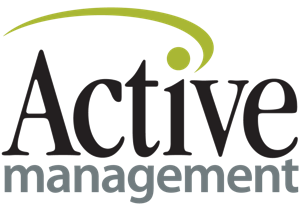Improving Your Vocal Technique: Tips 3 & 4

Most of us know that the primary purpose of breathing is to fuel the body with oxygen and carry away waste products, namely carbon dioxide. But how aware are we of our breath in relation to our voice? I would suggest we could all be more aware of the necessity to find freedom and flexibility in our breathing mechanism in order for our voices to be more easily supported. This can lead to greater vocal tone and less strain in the throat. So this month’s tips….
Free your breath to fuel your voice, and avoid getting caught in the throat!
Learning to release the abdominals and the musculature around the ribs on the inhale, and to gently engage the pelvic floor and transverse abs on the exhale, allows for a freer, more supported voice. If our muscles are too tight we restrict our ability to take a full breath, which can limit capacity and cause us to strain. When we exhale the diaphragm relaxes upwards and the ribs relax downwards and inwards, thus compressing the lungs and causing the air to flow out. When ‘breathing for life’ this happens naturally, so there is no need to push the breath out. In fully connected and committed speech, however, the abdominal and pelvic floor muscles are gently but firmly working. The pelvic floor muscles make an upwards movement, while the abdominal muscles make an inwards and upwards movement and in this way they act upon the diaphragm assisting its movement upward as it relaxes. What is vital to remember is that we can mentally engage with these muscles, rather than squeezing or forcing them. This will encourage them to do the work they are designed to do!
I encourage all my clients from the fitness sector to spend as much time releasing the abs and intercostal muscles as they do toning them. Limited freedom will likely lead to a shallow breath, which affects capacity, tone and our ability to find nuance in the voice. In fact, tension in an area as remote as the feet can lead to tension in the throat and affect the quality of the tone that is produced. Of course, a certain amount of muscular activity is necessary just to sit upright; complete relaxation would be an absurdity. The key question is whether or not the muscles are engaged in a way that is appropriate for the task at hand!
As I outlined in an earlier post, a great way to allow for greater release is to practice lying down in the semi-supine position at the end of the working day. To find a free, organic and instinctive breath you can also do some ‘pleasure smelling’. Stand in the upright position, release your shoulders, find an even balance over your feet, cup your hands in front of your face, and imagine you are breathing in a pleasurable fragrance – a specific flower, freshly ground coffee, whatever aroma works for you. Feel your whole torso fill with this fragrance, finding more pleasure with each inhale. Note there is little noticeable body action – no lifting in the shoulders or pushing out of the belly. Rather, there is a gentle but firm inflation of the intercostals, back and chest. This activity allows you to rediscover the ease of organic, instinctive breathing, which is essential if the voice is to be used optimally.
Happy Voicing!

Rob is an experienced voice coach with a Masters Degree in Voice from NIDA. He works with performers and non-performers alike, applying vocal techniques and principles of actor training to help people develop a free, flexible and resonant voice. Rob coaches privately and also teaches voice and acting at NIDA.
